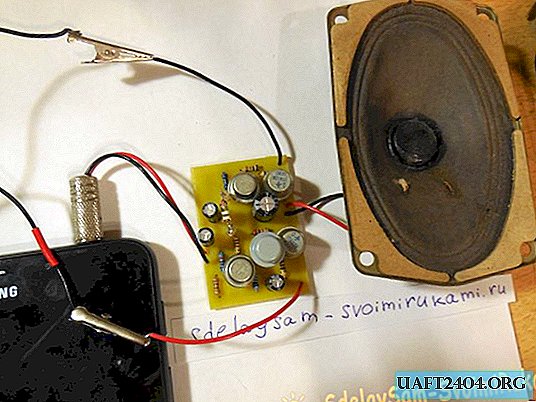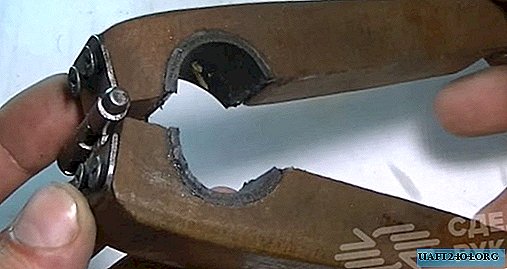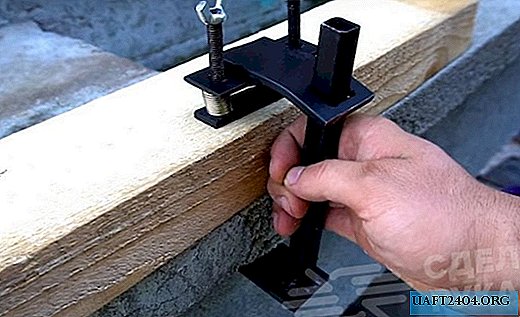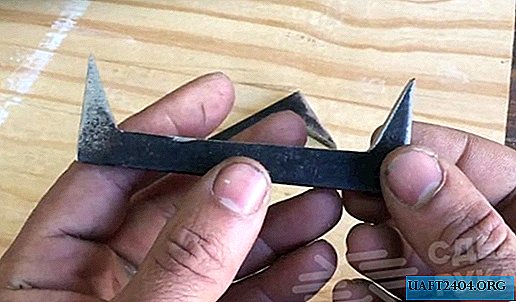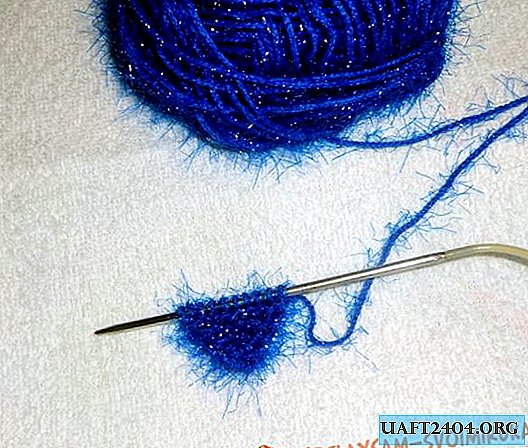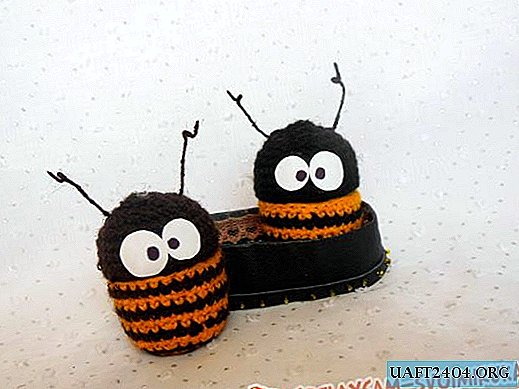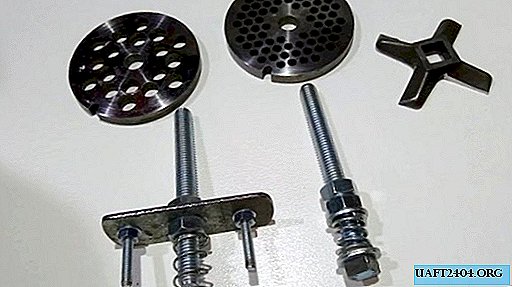Share
Pin
Tweet
Send
Share
Send
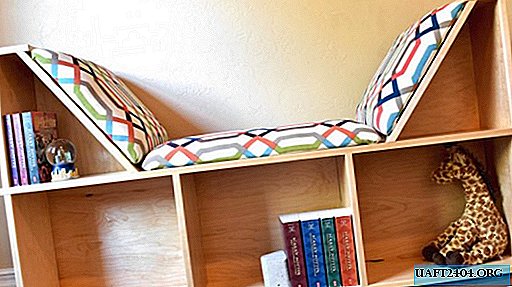
Video
Shelf sofa is ideal as a cozy place where you can indulge in reading a good book.
Plywood sawing
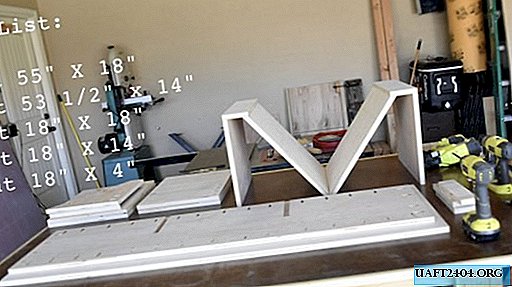



This sofa shelf mainly consists of two sheets of maple plywood with a size of 122 x 244 cm. They must be sawn into components of the following sizes:
- 45 x 140 cm - 2 pcs.
- 35 x 135 cm - 1 pc.
- 45 x 45 cm - 2 pcs.
- 35 x 45 cm - 6 pcs.
- 10 x 45 cm - 2 pcs.
This work is easier to do with a submersible circular saw, but if there are guides, working on a circular saw is quite accurate and easy.
Assembling the back and top panel






Two backs have a slope of 37 degrees.
Set the saw blade at an angle of 37 degrees, now cut the lower and upper parts of the plywood with a size of 45 x 45 cm. The cutting planes should be parallel to each other.
Fasten the backrest by connecting panels measuring 45 x 45 cm, 10 x 45 cm and 35 x 45 cm, as shown in the photo. For their preliminary fixation, I used glue on wood and several thin nails.
Then he outlined the inside of the backs on the remaining sheet of plywood and cut these elements with a band saw. Of these, a partition / rib for the backs is obtained.
Cut three measured segments, with which the partition can be conveniently fixed to a depth of 22 cm.
Drill a few holes to secure the partition to the back, but they must be made from the inside, which will later be closed. They also need to be made at an angle that will provide convenient screwing in of screws.
Securely attach the two backs to the top of the shelf. To do this, make preliminary holes. Screw heads should be immersed in plywood.
Putting the shelf together






The sofa shelf has a width of 45 cm, but you probably do not want the bookshelf to have the same depth. To solve this problem, we will add longitudinal plywood, which will simultaneously provide structural strength and leave a shelf depth of only 22 cm. This central panel, in turn, will be divided by two perpendicular partitions that will be connected to it with an overlap. I made wide cuts that can be done with a milling cutter, a band saw or a hand saw.
The width of each book compartment should be approximately 45 cm. Make a mark in the middle of the center panel, indicating the depth of cut (17 cm).
The width of the cut should be equal to the thickness of the plywood, and to align the inner edge of the cut, you can use the chisel.
Make such cuts 17 cm long in two partitions measuring 35 x 45 cm.
Before attaching the central panel, holes must be drilled around its perimeter for mounting on its rear. (Later they will be covered by the back wall)
Glue the cuts on the partitions with glue.
Attach them to the bottom panel through the pre-holes.
Attach the side panels of 35 x 45 cm.
Cladding






To close the visible veneer layers, I made a maple lining. It could be done with metal platbands, but at the edges they will not look so neat.
Prepare the board. At first I made it as thick as plywood.
Then I dissolved it into several platbands 1 cm thick. Two of them should be at least 140 cm in length.
Apply glue to the front of the plywood and fix the platbands with insulation tape.
I made the cladding on the side parts, as can be seen in the photographs. To fix it, I used a combination of "superglue" with glue on wood. This made it possible to first fix the platband with "superglue" so that later it could be more firmly glued with glue to the wood.
After that, cut off all excess protruding parts of the cladding.
After that, grind the surface of the platbands to make their edges more rounded.
Fabrication of seats and their installation







Soft seats are made of plywood 1 cm thick and foam rubber for furniture. I also found suitable batting and fabric on the Internet.
Cut out 1 cm thick plywood of the seat base to fit the size of two backs and the bottom. You should get two plywood 45 x 45 cm, and one 110 x 45 cm. They need to be made slightly smaller than the dimensions of the shelf, given the thickness of the foam, batting and fabric.
Make the edges of the plywood more rounded so that the fabric fits better to them.
Attach the foam to the plywood with glue.
Trim it around the edges.
Cut a batting of suitable sizes and pull it tightly onto the seat. Secure it with furniture staples. Start in the middle, ending with trimming the extra corners.
Cut the fabric and attach it in the same way, smoothing it so that there are no wrinkles on the surface. There is no rush at this point. Everything should look neat.
Cover the wooden surfaces of the sofa with 3-4 layers of clear varnish.
From the inside, screw the seats to the sofa.
Installing the rear wall and rubber gaskets



Using 3 mm plywood, cover the back of the sofa to cover all attachment points. First, I separately cut a sheet of rectangular shape for the bottom, and then elements for the backs.
Attach four rubber pads to the bottom.
It's all. Now just watch your children’s face shine when they see a new secluded place to read books. Thanks for your attention.
Share
Pin
Tweet
Send
Share
Send

